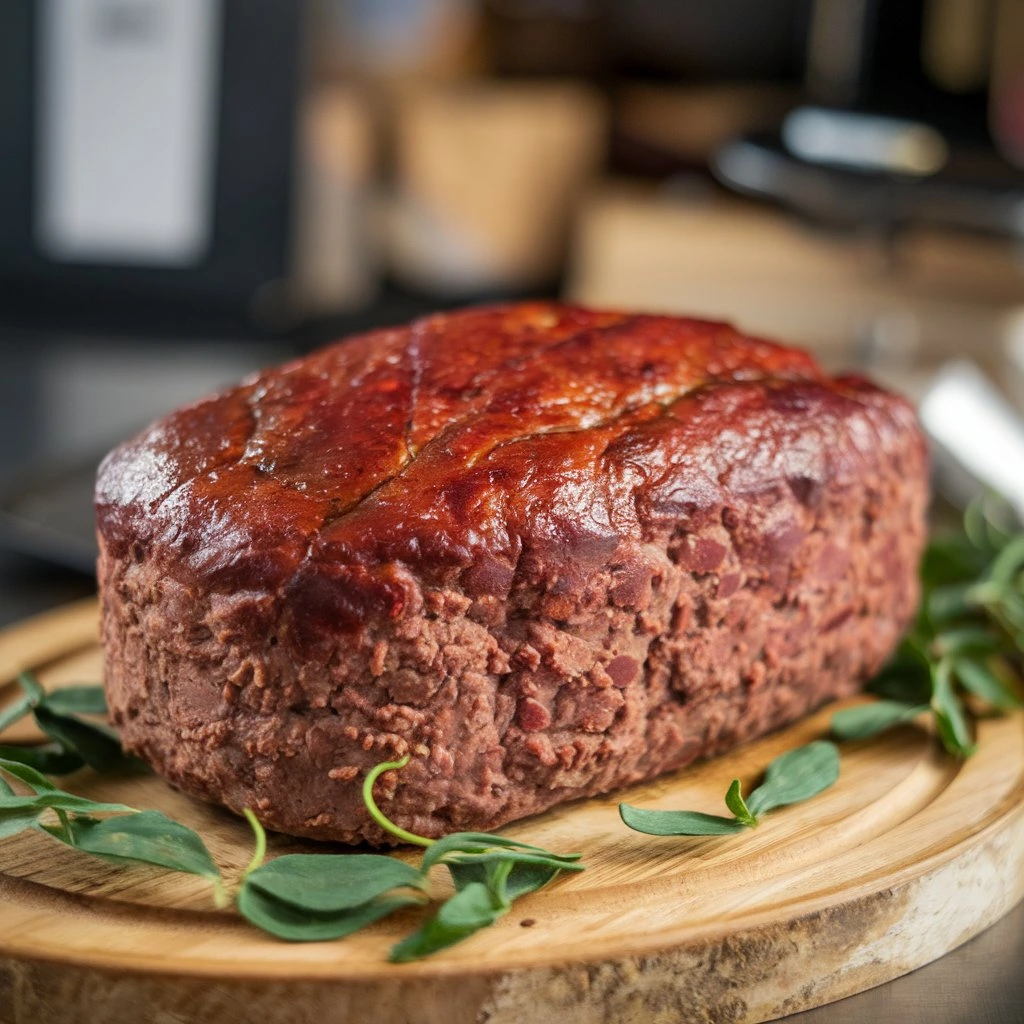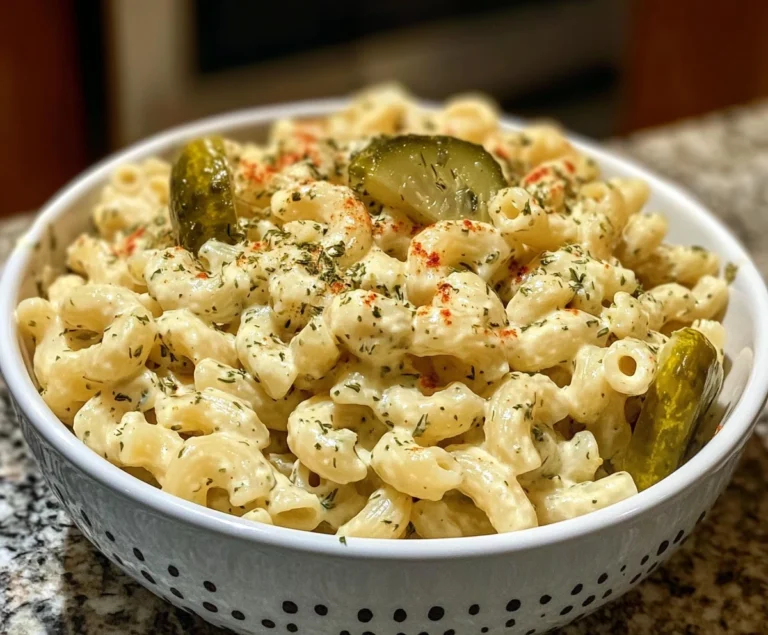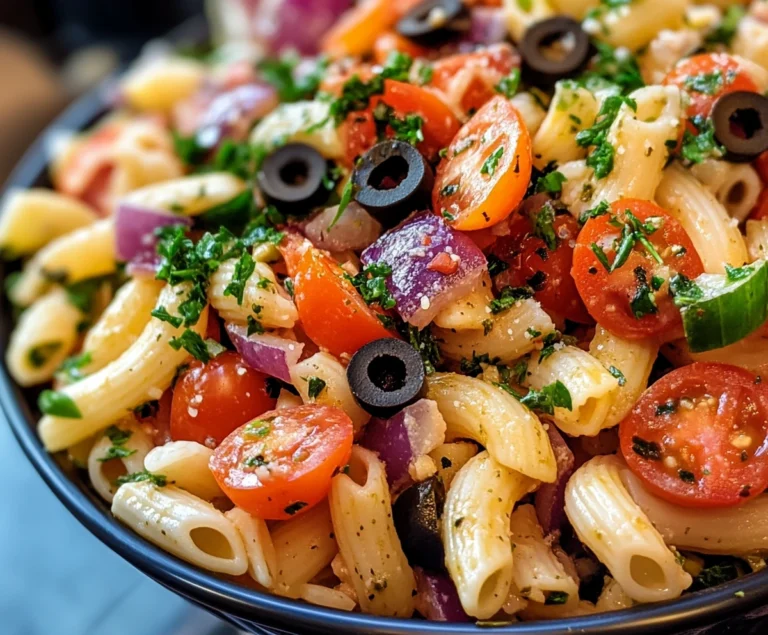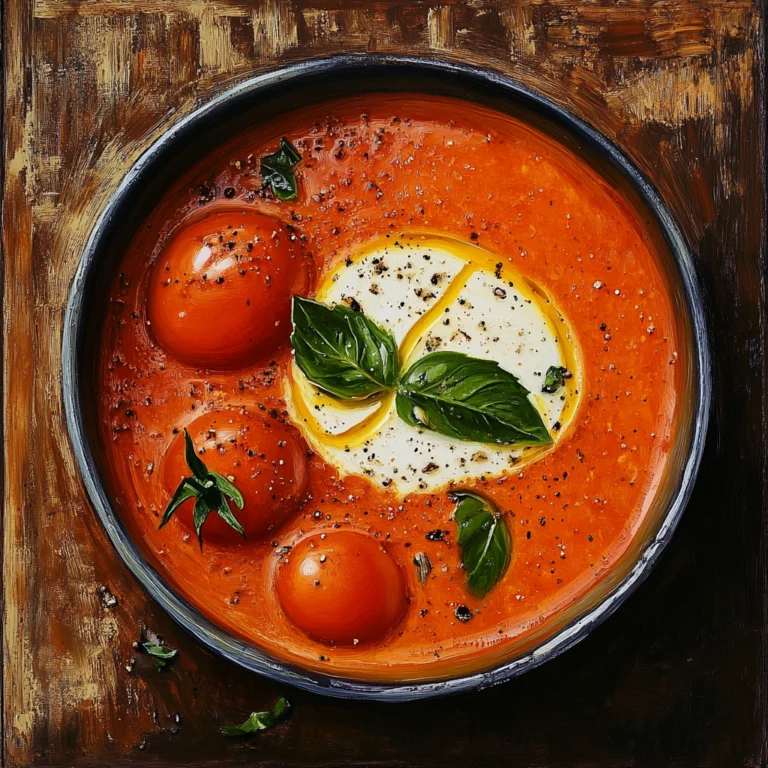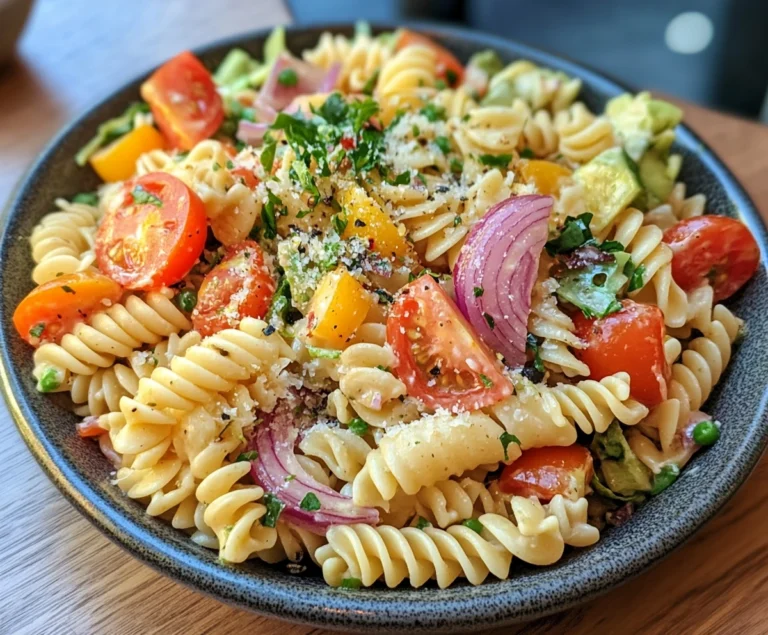Do You Cook Meatloaf Covered or Not Covered?
Do You Cook meatloaf covered or uncovered Not Covered?
When it comes to making the perfect meatloaf, there’s a long-standing debate: should you cook it covered or uncovered? This decision can significantly affect the texture, moisture, and flavor of the meatloaf. Some cooks swear by covering their meatloaf to retain moisture, while others prefer an uncovered method for a crispy top and a firmer texture.
In this comprehensive guide, we’ll explore the advantages and disadvantages of both cooking methods. We will also go into the technical details of how each method works, share tips for perfecting your Cook meatloaf covered or uncovered, and provide expert recommendations on when to use each technique. In addition, we’ll answer some of the most frequently asked questions about meatloaf preparation and offer insight into variations of meatloaf, cooking times, and internal temperatures.
Why the Debate?
The question of whether to cook meatloaf covered or uncovered arises because different outcomes are achieved with each method. Cooking the meatloaf covered locks in moisture, ensuring that the inside of the loaf remains tender and juicy. However, covering the meatloaf prevents the top from browning and developing a crispy texture.
On the other hand, cooking the meatloaf uncovered allows the top to caramelize and become crisp, but the risk is that the meatloaf may lose too much moisture and dry out, especially if it’s overcooked.
In this section, we’ll break down the basics of each cooking method.
Covered Meatloaf
What is Covered Meatloaf?
Cooking a covered meatloaf involves using foil or a lid to seal the dish. This technique traps the moisture inside and creates a more steam-filled cooking environment. The moisture within the meatloaf is unable to escape, keeping the interior tender and juicy.
How to Cover Meatloaf Properly
- Aluminum foil: Use a large sheet of foil to cover the top of the meatloaf entirely. Make sure to tuck the edges around the pan to seal in moisture.
- Covered dish: If you prefer, you can use a covered baking dish or Dutch oven. These provide a more consistent seal than foil and help keep all the steam inside the dish.
What You Achieve with Covered Meatloaf
- Moisture retention: Covered meatloaf retains moisture because the steam gets trapped, which prevents the meat from drying out.
- Tender texture: The meat stays tender and soft, making it ideal for those who prefer a juicy, moist meatloaf.
- Even cooking: Heat is distributed more evenly in a covered environment, leading to a more uniform cooking process.
Covering your meatloaf works well when you’re using leaner meats, which can dry out quickly if cooked uncovered. Lean meats like turkey or chicken benefit from being covered since they tend to have less fat, which can help retain moisture.
Advantages of Covered Meatloaf
- Moisture Retention: Cooking meatloaf covered traps the steam within the pan, keeping the meatloaf moist throughout the cooking process. This is particularly beneficial when using leaner cuts of meat, which naturally have less fat and moisture.
- Prevents Drying Out: If you’re cooking at a higher temperature or for a longer duration, covering the meatloaf will ensure it doesn’t dry out. The foil or lid prevents the evaporation of liquid from the meatloaf.
- Juicy Interior: By keeping the meatloaf covered, you ensure that the juices remain sealed inside the loaf, contributing to a tender, moist result.
- Even Heat Distribution: A covered environment allows for a more even distribution of heat, ensuring that the entire loaf is cooked through without the risk of burning the exterior while leaving the inside undercooked.
If you enjoy dishes that focus on keeping food moist and tender, try exploring recipes that require covering, such as this Prune Cupcakes Recipe, where moisture retention is key to achieving a soft texture.
Disadvantages of Covered Meatloaf
- No Crispy Crust: One of the major downsides of cooking meatloaf covered is that the top of the meatloaf will not brown or develop a crispy texture. Many people love the caramelized, crunchy crust on top of the meatloaf, which adds a great deal of flavor and texture.
- Softer Texture: While covering the meatloaf retains moisture, it can also result in a slightly mushy texture, especially if you prefer a firmer, more structured meatloaf. The excess moisture can sometimes make the loaf feel too soft or soggy.
If you’re looking to balance moistness while still creating some structure in your recipes, check out the Coffee Cupcake Recipe, which focuses on creating a perfect combination of texture and flavor.
Uncovered Meatloaf
What is Uncovered Meatloaf?
Cooking meatloaf uncovered exposes the top of the loaf directly to the oven’s heat, allowing it to brown and crisp. This method is often favored by those who enjoy the contrast of a crunchy exterior with a soft, moist interior. The key benefit of leaving the meatloaf uncovered is the crispy, caramelized crust that develops on the top of the loaf.
What You Achieve with Uncovered Meatloaf
- Crispy crust: The uncovered method allows the top of the meatloaf to brown and develop a crisp, caramelized texture.
- Flavor development: The exposure to heat intensifies the flavor on the top layer, adding a roasted, slightly charred taste.
- Firmer texture: The uncovered method allows moisture to escape, leading to a firmer texture that holds together better when sliced.
Advantages of Uncovered Meatloaf
- Crispy, Golden Top: One of the biggest advantages of leaving the meatloaf uncovered is the creation of a crispy, caramelized top. The direct heat allows the sugars in the ketchup or glaze to brown, creating a deeper, more flavorful crust.
- Firmer Texture: Cooking the meatloaf uncovered allows moisture to evaporate, which creates a firmer, more structured loaf. This is ideal for those who prefer a meatloaf that holds its shape well when sliced.
- Better Flavor: The exposed top allows the ingredients to roast slightly, which can intensify the flavors in the meatloaf. The combination of a crispy exterior with a moist interior offers a more complex taste and texture.
Disadvantages of Uncovered Meatloaf
- Risk of Drying Out: The major drawback of cooking meatloaf uncovered is that it can dry out more easily. Since there’s no cover to trap moisture, the heat from the oven can cause the meatloaf to lose too much liquid. This is especially true if the meatloaf is left in the oven for too long.
- Uneven Cooking: Without the foil to keep the heat evenly distributed, there’s a chance that the meatloaf might cook unevenly. The top may become too dark or crispy while the interior remains undercooked.
Combining the Two Methods: The Best of Both Worlds
If you can’t decide whether to cover or uncover your meatloaf, there’s good news: you don’t have to choose. You can combine both methods to achieve the perfect balance of moisture and crispiness.
The Hybrid Method:
- Start by cooking the meatloaf covered for the first 30-40 minutes. This will allow the loaf to retain moisture and prevent the top from drying out.
- After the initial cook time, remove the cover and continue cooking the meatloaf uncovered for the last 15-20 minutes. This will give the top a chance to brown and crisp up, creating that desirable golden crust.
By using this combination method, you get the moisture retention of covered cooking while also achieving a crispy, flavorful top.
Tips for Cooking the Perfect Meatloaf
Regardless of whether you cook your meatloaf covered or uncovered, there are several tips you can follow to ensure that your meatloaf comes out perfectly every time.
1. Choose the Right Meat
The meat you choose plays a significant role in the texture and moisture of the meatloaf. Ground beef is the most common option, but you can also experiment with a mixture of ground meats, such as pork, veal, or turkey. If you’re using lean meats like turkey or chicken, cooking your meatloaf covered is especially important to prevent dryness.
2. Don’t Overmix
When combining your ingredients, be careful not to overmix the meatloaf. Overworking the mixture can cause the meat to become tough and dense. Mix just enough to incorporate the ingredients evenly, and then form the loaf.
3. Use a Meat Thermometer
A meat thermometer is your best tool for ensuring your meatloaf is cooked through without drying out. The internal temperature of the meatloaf should reach 160°F for food safety. If you’re cooking covered, check the temperature during the last 10-15 minutes of cooking to avoid overcooking.
4. Add Moisture-Rich Ingredients
If you’re worried about your meatloaf drying out, consider adding moisture-rich ingredients like grated onions, carrots, or mushrooms. These ingredients release moisture as they cook, which helps keep the meatloaf tender.
5. Rest the Meatloaf Before Slicing
Just like with roasted meats, it’s important to let your meatloaf rest before slicing. Letting it sit for about 10-15 minutes allows the juices to redistribute throughout the loaf, resulting in a moister slice.
Creative Meatloaf Variations
Meatloaf is a versatile dish, and there are countless ways to customize it to suit your taste. Here are some creative variations you can try.
1. Italian-Style Meatloaf
For an Italian twist, mix ground beef with Italian sausage, breadcrumbs, garlic, and herbs like basil and oregano. Top the meatloaf with marinara sauce and mozzarella cheese for a hearty, flavorful meal.
2. Bacon-Wrapped Meatloaf
For a smoky, savory upgrade, wrap your meatloaf in strips of bacon before baking. The bacon adds a crispy exterior and infuses the meatloaf with additional flavor.
3. Vegetarian Meatloaf
If you’re looking for a meat-free option, try making a vegetarian meatloaf using lentils, mushrooms, and quinoa. These ingredients create a texture similar to traditional meatloaf while providing plenty of protein and flavor.
4. Barbecue Meatloaf
Swap out the ketchup or traditional glaze for your favorite barbecue sauce. The smoky, tangy flavor of the barbecue sauce pairs perfectly with the rich, savory meatloaf.
FAQs: Everything You Need to Know About Cooking Meatloaf
How long does it take to cook a meatloaf covered?
A covered meatloaf typically takes about 60-75 minutes to cook at 350°F. The internal temperature should reach 160°F for it to be fully cooked.
Should I cover my meatloaf with foil?
Yes, covering your meatloaf with foil can help retain moisture and prevent the top from drying out. However, if you prefer a crispy top, remove the foil during the last 15-20 minutes of cooking.
Can I cover my meatloaf halfway through cooking?
Yes, you can cover your meatloaf halfway through cooking to prevent the top from getting too dark while allowing the interior to retain moisture.
What happens if you don’t cover meatloaf?
If you don’t cover your meatloaf, the top will become crispy, but the risk of the meatloaf drying out increases, especially if it’s overcooked.
Should I broil my meatloaf at the end to crisp the top?
Broiling the meatloaf for the last few minutes of cooking is a great way to achieve a crispy, caramelized finish on the top.
How do I keep my meatloaf from falling apart?
To keep your meatloaf from falling apart, make sure to use enough binding ingredients such as breadcrumbs and eggs. Additionally, letting the meatloaf rest after cooking helps it hold its shape when sliced.
Do I need to let my meatloaf rest before slicing?
Yes, letting your meatloaf rest for about 10-15 minutes before slicing allows the juices to redistribute, resulting in a moister meatloaf.
What is the best meat to use for meatloaf?
A combination of ground beef, pork, and veal is ideal for achieving a flavorful, tender meatloaf. If you prefer leaner options, ground turkey or chicken can also be used, but they may require covering to prevent dryness.
Can I freeze meatloaf?
Yes, you can freeze meatloaf either before or after cooking. If freezing raw meatloaf, make sure it’s wrapped tightly in plastic wrap and aluminum foil. If freezing after cooking, allow the meatloaf to cool completely before wrapping it. It can be frozen for up to 3 months.
Conclusion
So, should you cook your meatloaf covered or uncovered? The answer depends on what you value more—moisture or a crispy crust. If you prefer a juicy, tender interior, then covering the meatloaf for most of the cooking process is the way to go. If you like a crispy, caramelized top with a firmer texture, then cooking the meatloaf uncovered is the better choice.
For the best of both worlds, try the hybrid method: cook covered for the first portion, then uncover for the last 15-20 minutes to allow the top to brown.
No matter which method you choose, follow the tips and guidelines above to ensure your meatloaf turns out perfectly every time. And don’t be afraid to experiment with creative variations and new techniques!

